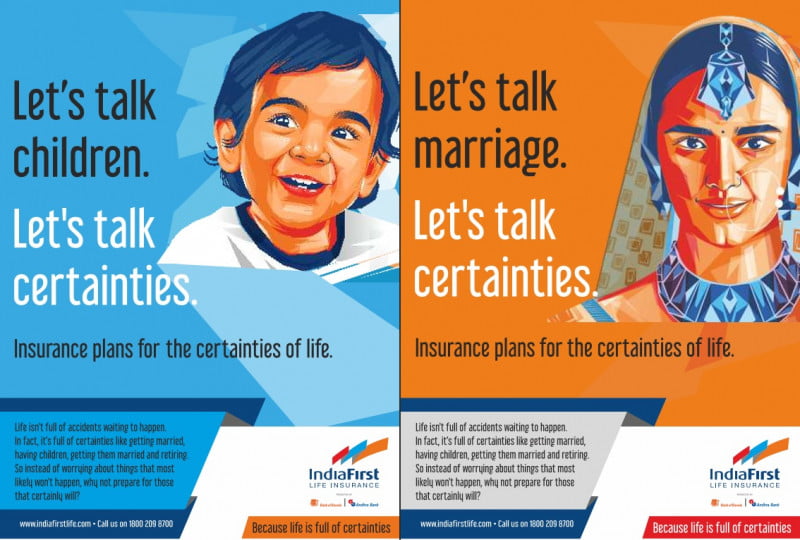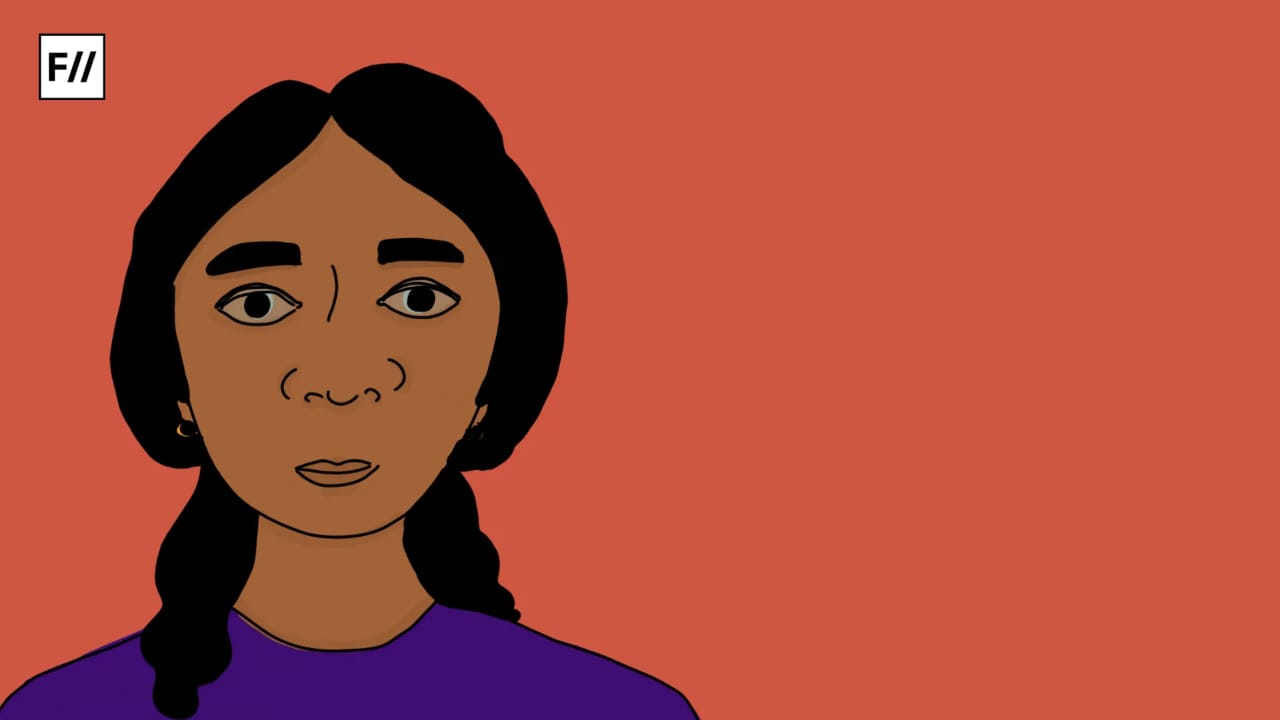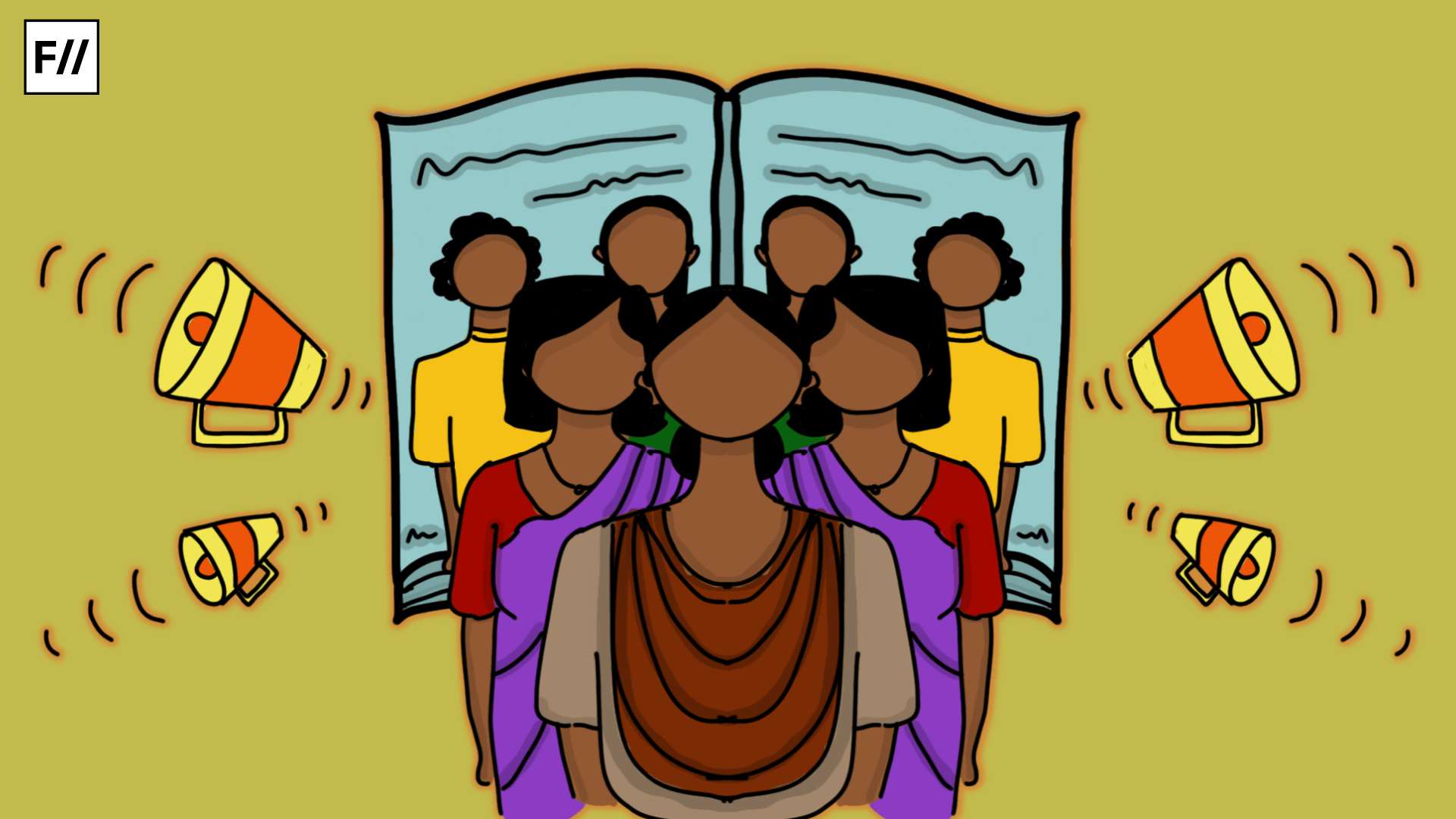Commercials are one of the most influential ways companies and brands try to encourage and motivate an audience about their product. These commercials also have the power to have a psychological effect on their consumers, in turn impacting their behaviour and thoughts about what makes a society progressive or regressive. According to a 2017 study by Clutch, advertisements influence 90% of consumers to make a purchase, and 81% of millennials aged 18 to 34 years old are influenced to make a purchase compared to just 57% of people aged 55 and older.
But, where do women stand in these commercials?
Women As Props
A recent advertisement by Max Life Insurance during the COVID-19 pandemic shows how children get influenced by their parents. However, the advertisement only shows the mother as a prop standing behind the scene doing unpaid household chores while the son replicates the father doing paid office work.
In this 25 seconds long commercial, the son learns from his father how to get prepared for the future and the son strongly believes that ‘he has to be like his father’. According to this commercial, the mother does not evoke any future aspirations and new learnings for the son.
Also read: Analysing Body, Autonomy & Gendered Spaces In The Great Indian Kitchen
Women’s dependency on their fathers and spouses
The term cover life insurance commercials continue to focus on protection, safety and financial security by men for their family members, mostly their wives and children. This attitude makes women’s standpoints inferior in that they can’t earn their own living and support their family. The advertisement reinforces the patriarchal notions of ‘who is protected and who is a protector’.
In reality, women constitute 36% of insurance buyers market as per The Insurance Regulatory Development Authority India, 2019 report. However, insurance commercials hardly support this data. This kind of bias and neglect of 50% of the population despite being a considerable customer base is shocking.
So, where are women in these commercials?
In these commercials, women are not buying and selling assets or managing resources, handling finances or leading the decision in family spaces. They are in the background, under a dim light, smiling or happily gesturing. Women are also commonly seen in commercials of child care products, household products (detergent powder), kitchen items (crockery, dishwasher), cooking and food items (cooking oil, spices, etc.). Again, women are never seen as eating food, rather always shown as serving and cooking it, unless it is a health drink brand. Such commercials normalise the status of women in the support and care giving roles.
Let’s go through some of the stereotypes in these insurance commercials.
Almost all insurance companies like LIC to Kotak Life, ICICI Prudential, Bajaj Allianz, Bharti Axa Life, Max life insurance, Policy Bazaar, among others sell the idea that ‘What if you (the man) die? How will your wife feed herself, how will your daughter get married, how will your son get the required education to be the protector of the family?’ The women in these commercials can be of any age to be a beneficiary – a young widow or a senior citizen, but they are always ‘bechari’ (poor thing!) and need to depend on their spouses.
Similarly, these advertisements show that a father needs to save for his daughter’s wedding and jewellery – as that is the most important event in her life – while on the other hand, for a son it is his education and career.
Also read: People With Disabilities In Indian Ads: Not Yet A Target Audience
How did it start?
Gender discrimination is the leading cause of the decline in the child sex ratio, girls’ limited access to education, women not being skilled through self-help groups (SHGs), violence against women, domestic violence, dowry harassments etc. In Indian society, daughters across cultures, regions, religions, are glorified to migrate from one family to another through marriage. We make our daughters believe this by reminding them of being ‘paraya dhan‘ and after their marriage, they are labelled as the ‘parayi ladki’. This is the utmost hypocrisy of patriarchy.
The biggest challenge a married woman faces after marriage is losing her autonomy. Often, she cannot even meet her parents or support them financially. The Maintenance and Welfare of Parents and Senior Citizens Act, 2007, mandates all children equally responsible for the welfare of their ageing parents, including married daughters. In 2016, the Bombay High Court delivered a historical judgment that ruled that married daughters are too responsible for parental care.
Pranay Manjari Samal who founded the ‘Daughter Forever’ campaign and started a petition to get ICICI Prudential to create a commercial on ‘daughters supporting their parents’. Through this petition, Samal wants to break the old narrative of only sons being responsible for, and able to take care of their parents and instead create a new narrative of daughters taking care of their parents. The petition has received acknowledgement from more than 66000 supporters.
Samal recounts from her childhood days, when she knew ‘Colgate’ but not toothpaste, ‘LIC’ and not insurance. That is the power of TV commercials. She also remembers an incident where her niece would not accept a blue Kinder Joy as it’s marketed only for boys. “This incident made me aware as a consumer. I was watching a commercial on national television by Max Life Insurance that showcased their life insurance agents (not TV actors and how they guide people on buying the right kind of insurance plans for a secure and better future. The agent was proudly sharing the importance of the client’s son’s education and his daughter’s wedding, but not about pension plans for the client himself.“
When Samal’s mother passed away, she realised that she had not saved enough to support her father, if he would have needed it. She had bought policies like accident/death insurance, pension plans for herself, but she had never thought of buying pension plans for her parents. They had spent all their savings on her education, wedding, and well-being. They had never saved for what came after their retirement.
So the campaign team of ‘Daughter Forever’ launched a new initiative #CommercialsForChange to reach out to insurance companies and asking them to review their commercials, and make gender-sensitive commercials. I, as the Campaign Lead, also started a new petition asking the Advertising Standard Council of India to create gender guidelines for advertising houses.

Also read: Sanitary Napkin Ads In India Are Really Problematic. Here Is Why.
Commercials are an important tool of mass communication that reach many consumers across the nation and beyond. These commercials can initiate, facilitate and finally convince an individual to make a decision. In them, we can also see who is buying and for whom.
Thus, Commercials for Change looks forward to creating dialogues around gender-neutral commercials which show women and LGBTQAI+ people in decision making roles. The time has come to change the narrative. If planning a daughter’s wedding can be a marketing tool; then a daughter’s plan to care for her elderly parents can be an empowering tool to capture the new market too.
What we are asking for is equal representation of women in these commercials, which have a great deal of influence on our consumption patters as a society. Women aren’t just a dominant workforce but are also great managers and leaders in many sectors. But these commercials only emphasise their role in the household as homemakers and caretakers. Since commercials have the power to change perceptions, create results that aren’t easily possible otherwise, they can be more than what they are. They need to be, and it’s high time they did it right.
Ananya Saha is a feminist and a social work professional. She firmly believes in equity, freedom and justice. Ananya is also Campaign Lead of the #DaughterForever Campaign. She relates best with folk voice, guitar and food. You can find her on Twitter and Instagram.
Featured Image Source: adgully.com




